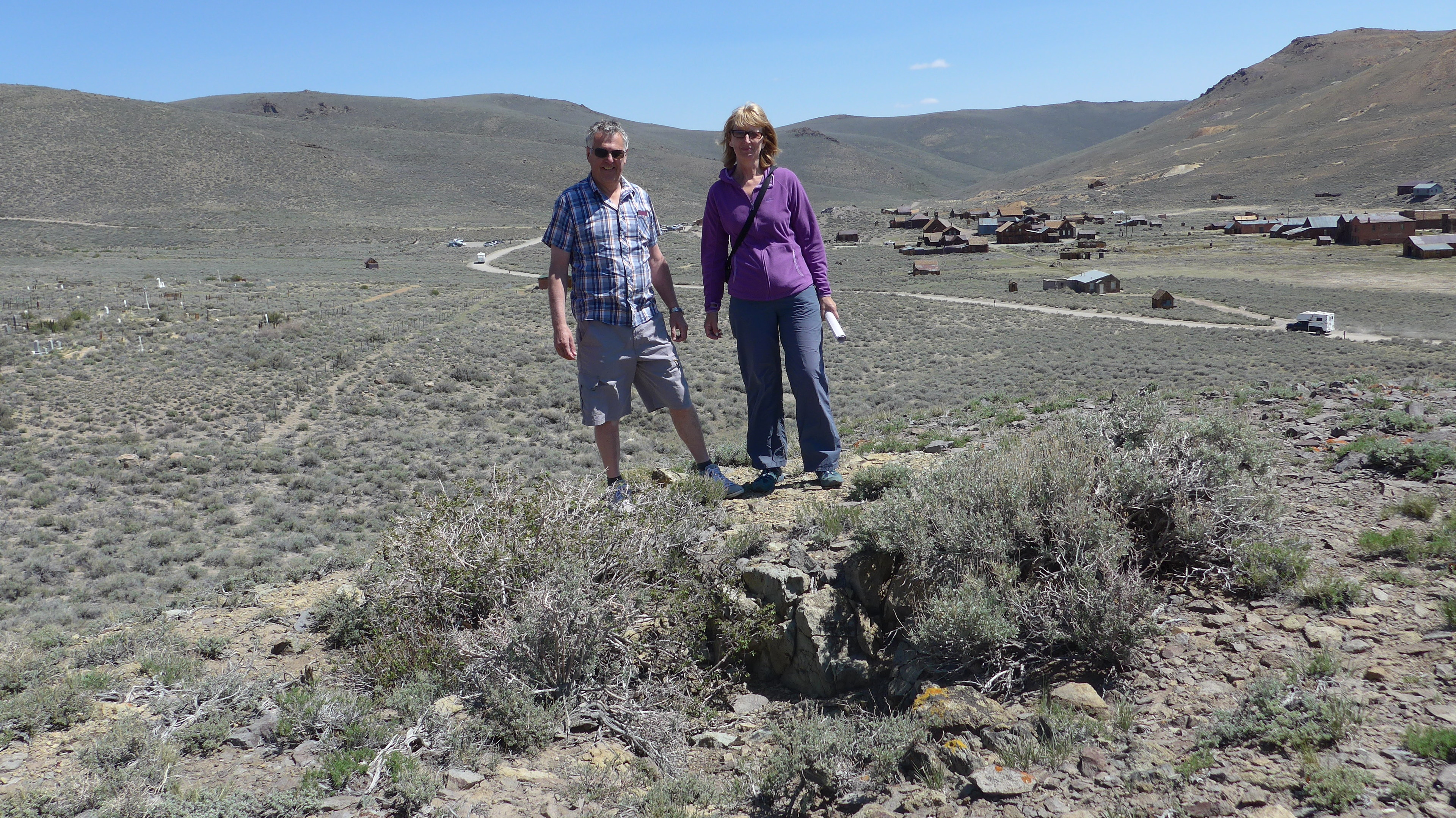The descendant of a Buckie fisherman is determined to prove his distant relative was the rightful owner of an American gold mine.
Gordon Smith, of Huddersfield, is certain William Smith Bodie — a former Portessie fisherman who emigrated to the USA in the nineteenth century — was the true discoverer of gold in California in 1849.
Mr Smith, 62, grew up in the 1960s hearing stories from his aunt and uncle, Peggy and John Clark, of a package of documents that was sent to the family in Buckie from the USA in the 1920s.
It went undelivered because the family could not afford the excess postage fee.
Years later, the documents were retrieved and revealed as the deeds of a gold mine in Bodie City, California.
But by the time of discovery it was too late to take any action on the claim for ownership.
During research, Mr Smith found an account of Bodie’s gold discovery in a 1929 copy of the Press and Journal, claiming the Portessie pioneer died in a blizzard after marking out the site of the gold city, which was then named after him.
A second article in the Dundee Courier from the same year described “scores” of Bodie’s relatives in Buckie, Portgordon, Speybay, Lossiemouth and Elgin.
It stated his next-of-kin were nine grandnephews and nieces.
Among them were four Geddes brothers of Portgordon, who decided not to pursue the fortune due to the number of potential heirs.
Last week, Mr Smith and his wife, Beverley, visited Bodie City, which is now a preserved ghost town in a Mono County state park.
The Yorkshireman said the “official” story told by the Bodie Foundation at the historic town is uncannily similar to the newspaper story of 1929.
However, it is believed locally that the town’s name may be misspelled and the original founder may have been a W.S. Bodey, from New York.
Mr Smith said: “Given the information in the original newspaper articles, and how it aligns with Bodie City archives, I believe there is a very strong case that the founder of Bodie City is actually a Scot from Buckie, not an American from New York.
“The only way I can think of to prove this is to locate someone in the Geddes or Smith Bodie family, originally from Buckie, who has knowledge of the background, where he fits into our family or even better the actual documents from the 1929 articles.”
Historians at the Bodie Foundation said they were not opposed to Mr Smith’s investigation and are interested to see what comes of it.
Mr Smith said his quest was not motivated by money, but simply to put the historic record straight.
